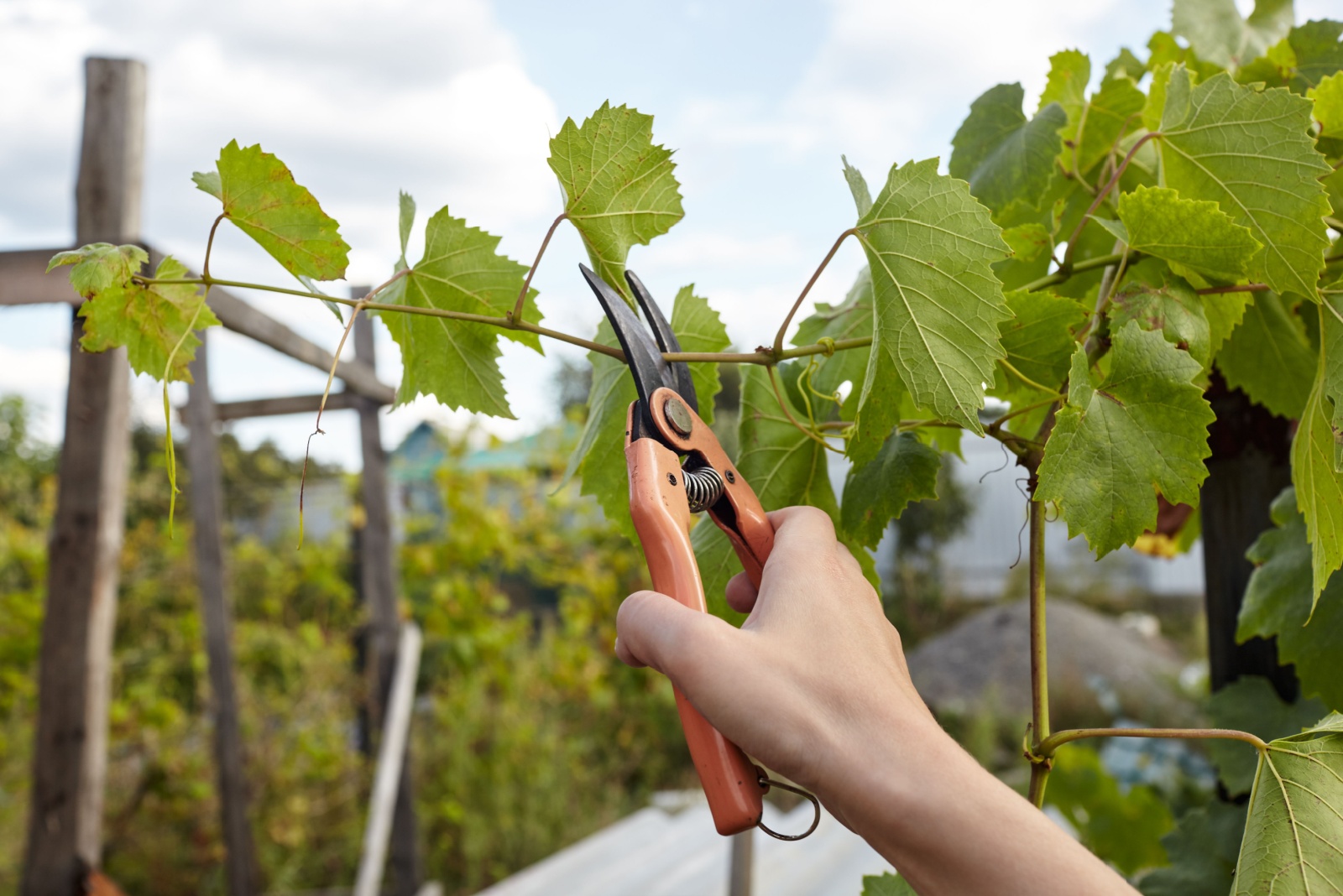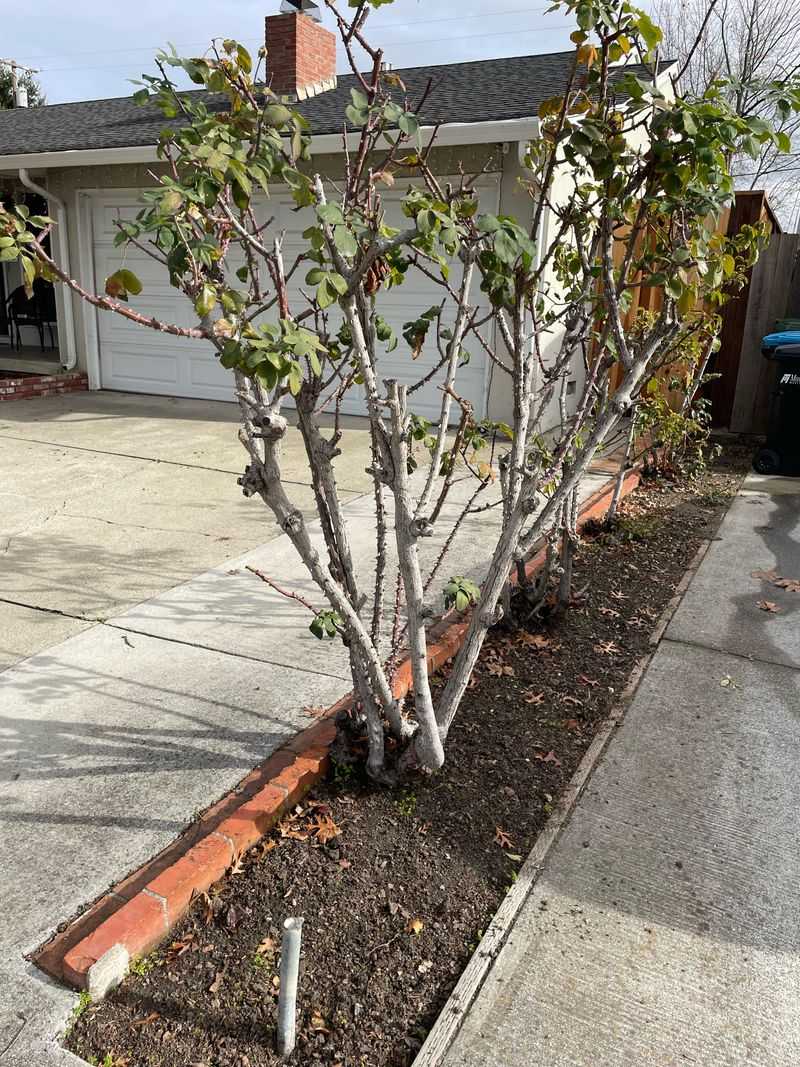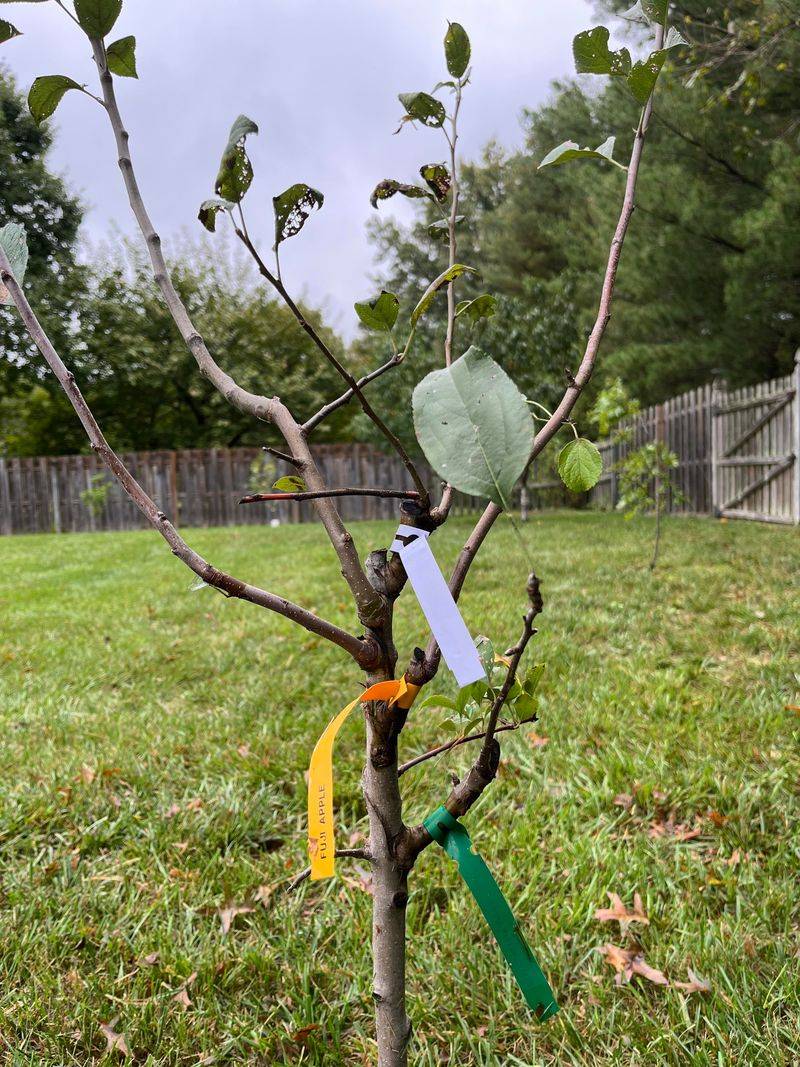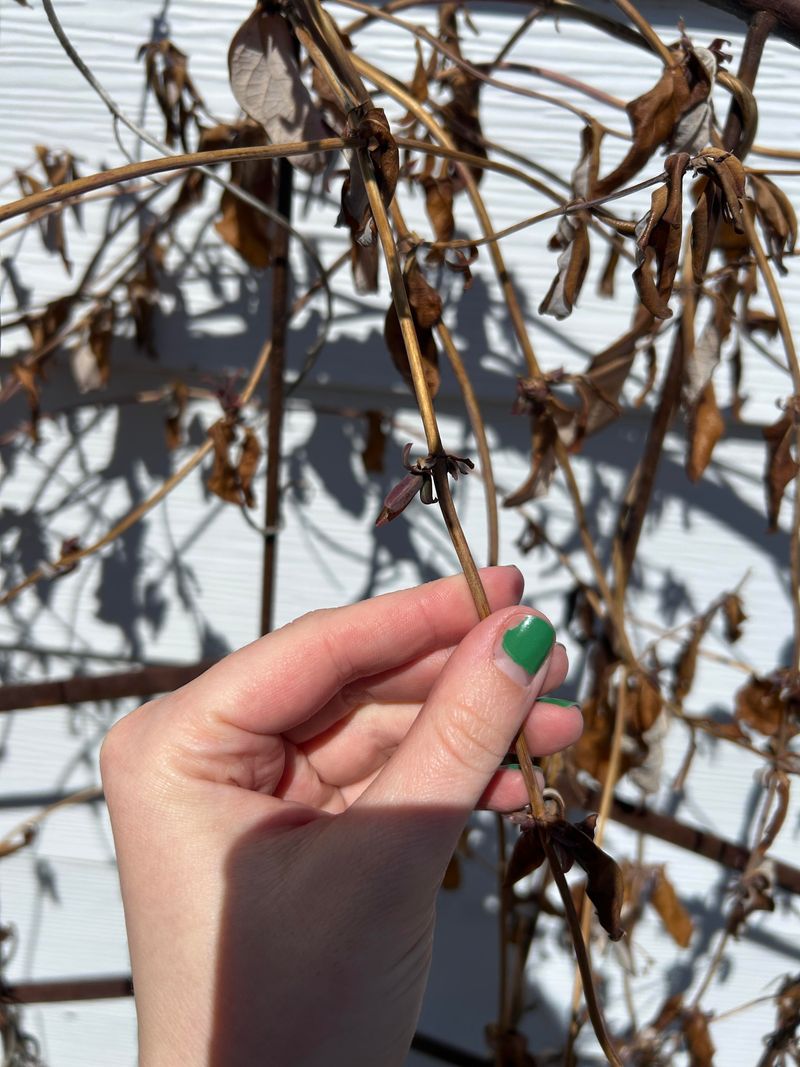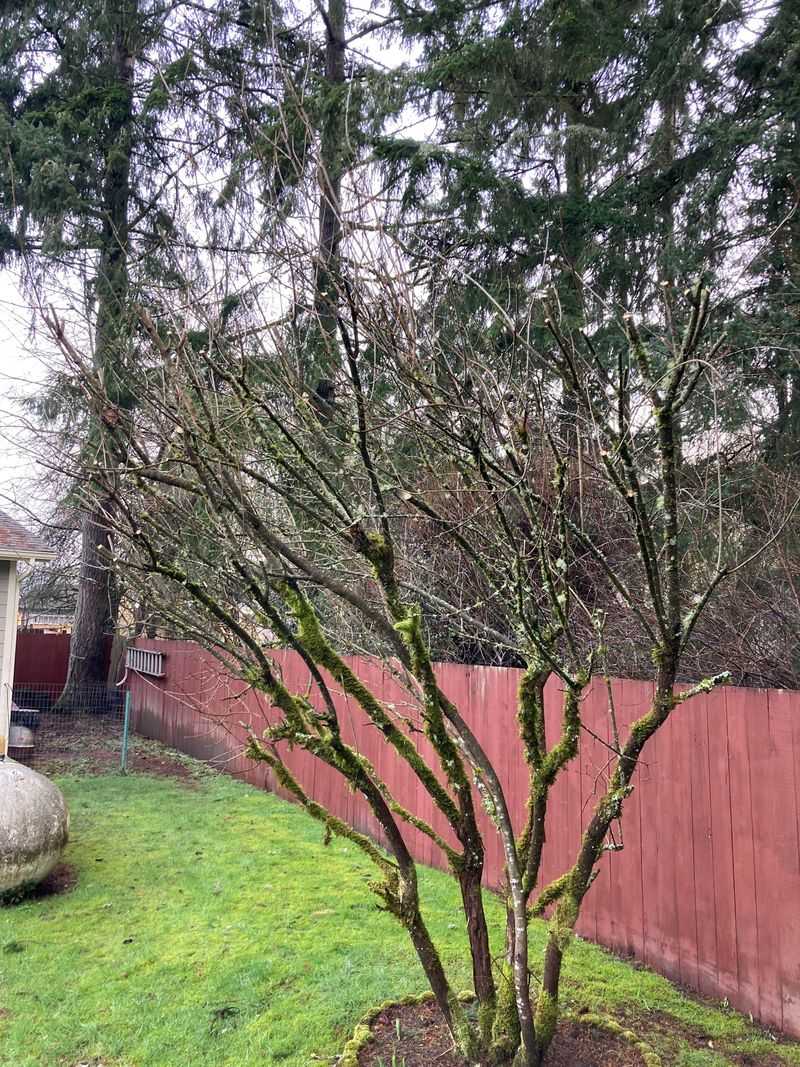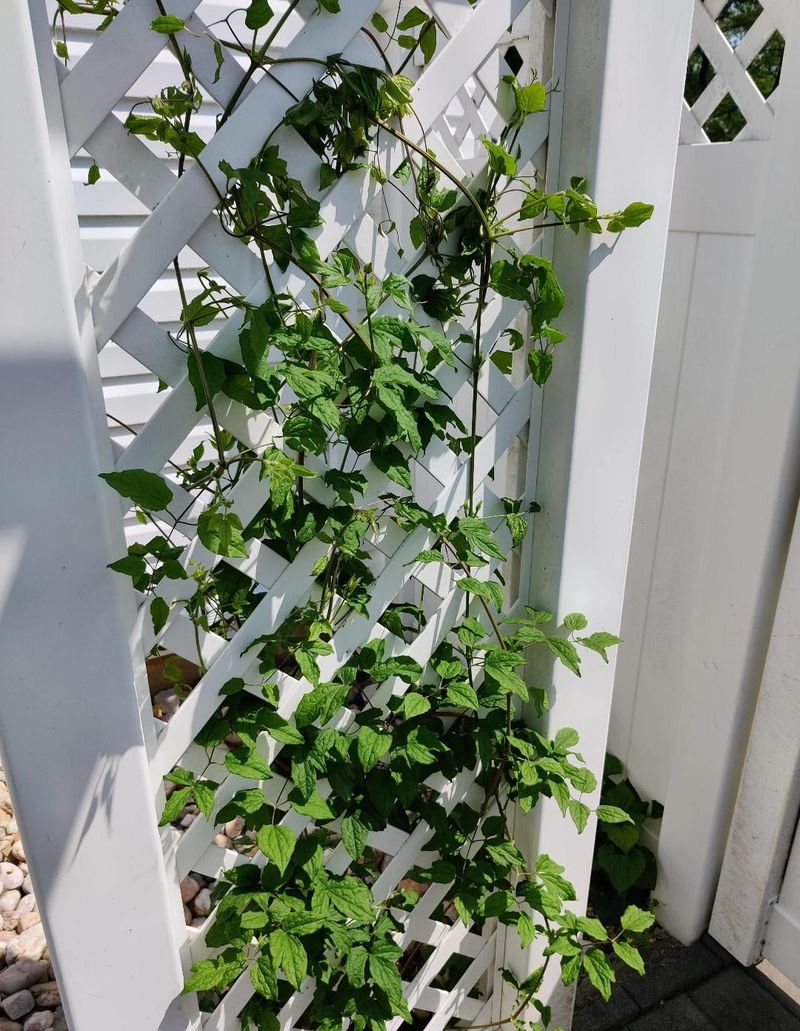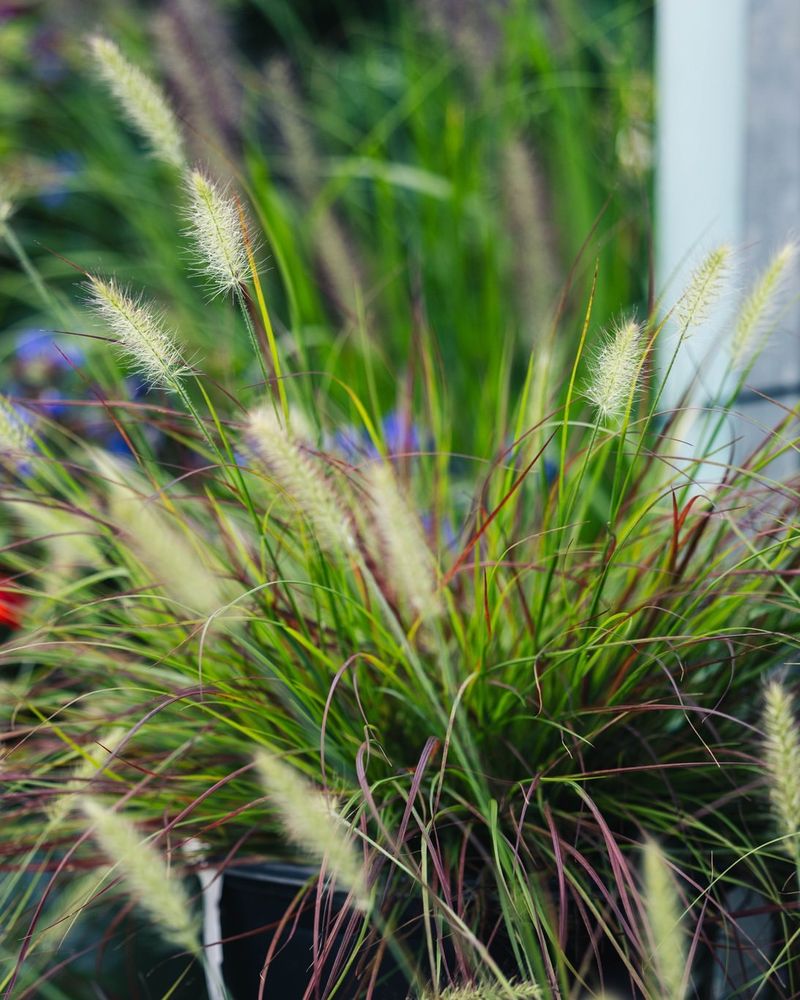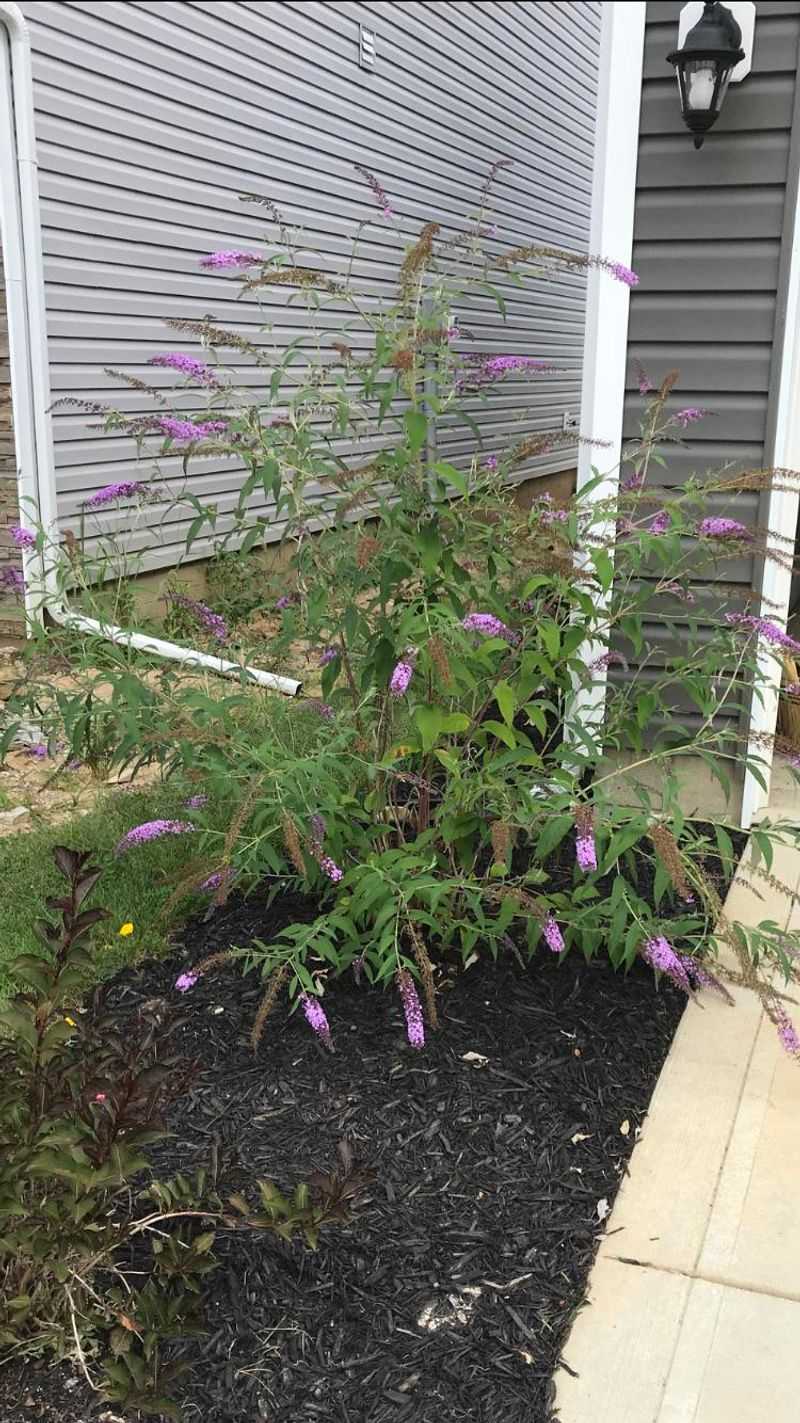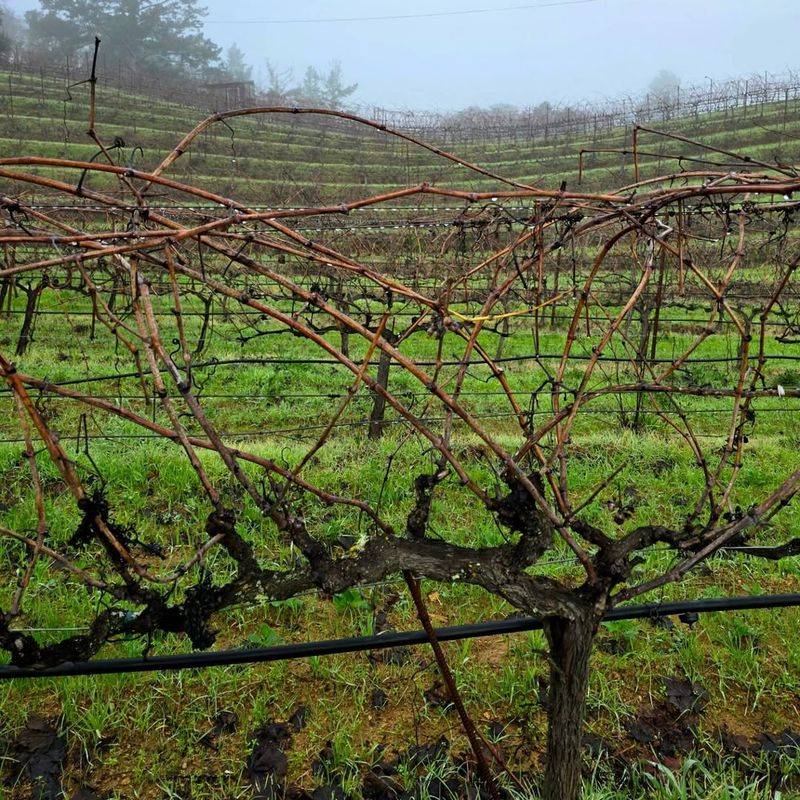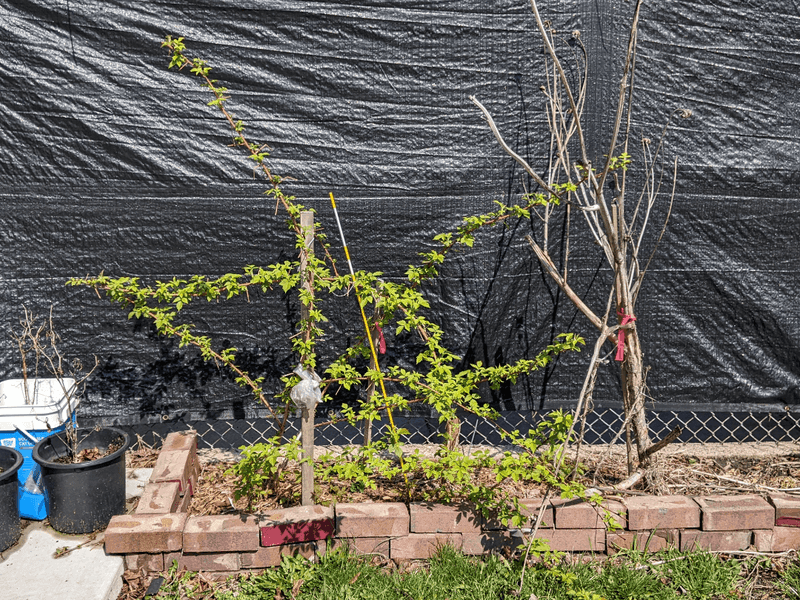November in Utah brings crisp air, bare branches, and a clear signal that some plants need a careful trim before deep winter sets in. A handful of garden favorites start showing tired growth, crowded stems, or worn-out canes that call for a smart cutback.
Tending to them now protects your landscape from winter damage and sets the stage for stronger, more productive plants once spring returns. With the right cuts at the right moment, your garden heads into the cold months prepared and rises in the new season with renewed life.
1. Rose Bushes
Cutting back rose bushes in November should stay minimal in Utah’s climate. Focus only on removing damaged or heavily broken canes that might snag snow or ice.
Leave healthy stems intact and avoid major shaping until early spring, when the plant enters its active growth phase. Light cleanup now prevents winter stress without risking next season’s blooms.
2. Fruit Trees
Late autumn allows for only light work on apple, pear, and cherry trees once their leaves have dropped. In November, stick to removing broken, diseased, or seriously rubbing branches that could cause problems through winter.
Save major shaping or structural cuts for late winter, when the risk of cold damage to fresh cuts disappears. A simple cleanup now helps the tree ride out the season safely and sets it up for healthy growth next year.
3. Honeysuckle Vines
Did you know honeysuckle can become wildly overgrown without annual trimming? November in Utah offers the perfect opportunity to tame these vigorous climbers before they go completely dormant.
Cut back up to one-third of the oldest stems right down to ground level. This rejuvenates the plant and prevents it from becoming a tangled mess.
New shoots will emerge vigorously in spring, producing loads of fragrant flowers that hummingbirds absolutely adore throughout summer months.
4. Lilac Shrubs
While many Utah gardeners prune lilacs right after flowering, November works wonderfully for removing damaged wood and thinning overcrowded branches. Avoid cutting back too much living wood since lilacs set next year’s flower buds in late summer.
Your main goal should be improving the shrub’s overall shape and health. Remove any suckers growing from the base unless you want your lilac to spread.
Proper thinning ensures spectacular springtime blooms.
5. Clematis Vines
Clematis varieties that bloom in summer and fall benefit tremendously from November pruning sessions. Cut these vigorous vines back to about two feet from the ground, leaving strong healthy stems intact.
This aggressive approach might seem drastic, but it prevents tangled growth and encourages robust flowering next season. Different clematis types require different pruning methods, so identify your variety first.
Group three clematis especially thrives with hard autumn pruning.
6. Ornamental Grasses
Those beautiful feathery plumes that waved gracefully all summer now need cutting back to ground level. Use sharp hedge shears or even a power trimmer for larger clumps, leaving just a few inches of stubble.
Some gardeners prefer waiting until early spring, but November pruning tidies your landscape before snow arrives. Bundle the cut grasses for composting or use them as winter mulch around other plants.
Fresh green shoots will emerge beautifully next spring.
7. Butterfly Bush
Butterfly bushes bloom on new wood, making November an excellent time for significant cutbacks in Utah’s climate. Reduce these shrubs to about 12 to 18 inches above ground level without worrying about losing flowers.
This dramatic pruning prevents the plant from becoming leggy and encourages compact, bushy growth loaded with blooms. Remove all dropped flower spikes and weak stems completely.
Come summer, butterflies and hummingbirds will flock to your rejuvenated bushes enthusiastically.
8. Grape Vines
After leaves drop and vines enter dormancy, November becomes prime time for grape pruning throughout Utah gardens and vineyards. Remove up to 90 percent of last season’s growth, keeping only the strongest canes for next year’s fruit production.
This severe pruning concentrates the plant’s energy into fewer, more productive shoots. Proper technique involves selecting two to four main canes and removing everything else.
Your reward will be sweeter, more abundant grapes.
9. Raspberry Canes
November marks the ideal moment for cutting down spent raspberry canes that produced fruit during the past summer season. These canes won’t fruit again, so removing them prevents disease and makes room for new growth.
Cut summer-bearing varieties right to the ground after they finish fruiting. Fall-bearing types can be trimmed differently depending on your preferred harvest schedule.
Clean pruning promotes healthier, more productive berry patches that yield generously for years ahead.

